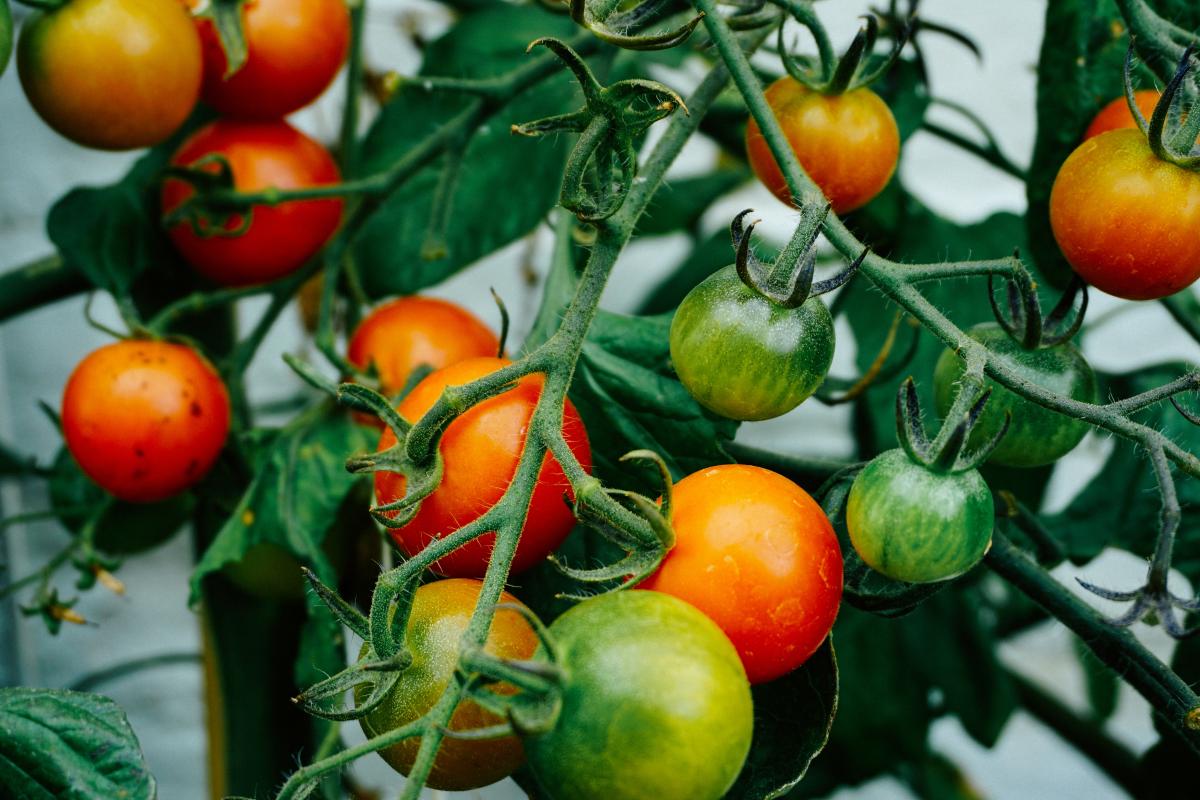
Food Web Challenge
by Hermelina Liddell
This is part of an Ecology Unit, where students will create a food web using a set of cards. Students will identify the organisms in the different trophic levels, create a series of food chains, then a food web.
Students will identify the invasive species and place it in the aquatic food. Students will work in groups of two and later on write a paragraph about their thinking on the impact of invasive species in the web.
Eventually, students will design, code and program an Edison V2 robot to see how changes in the transfer of matter and energy affect the organisms in the ecosystem. Students can use LEGOs to create and design an organism or a habitat, they can code and program the robot and demonstrate/present or compete with other robots in class!
Lesson Plan Link/URL
https://docs.google.com/presentation/d/1t1Mt43McR_01LQ6zwSWqgkGoeARTsD3n/edit?u…Subject Area
Science Life Science L2: Organisms & Energy Technology 4. Innovative Designer 5. Computational Thinker Engineering S2: Apply the Engineering Design Process S5: Apply Technology to Engineering English Language Arts (ELA) Writing
Featured
Off
Related Content

Grades:
9th Grade, 10th Grade, 11th Grade, 12th Grade
This lesson allows robotics students to redesign a working floor vacuum and design it to fit the needs of a robotics lab - it should be able to pick up heavier and larger objects or loose parts off

Grades:
9th Grade, 10th Grade
The lesson plan challenges students to integrate research, agricultural principles, and engineering concepts, sparking their creativity in designing efficient and sustainable hydroponic setups. From

Grades:
8th Grade, 9th Grade, 10th Grade, 11th Grade
Students will model series and parallel circuits in Tinkercad and transfer the design to a physical breadboard. At the end of the lesson, students must use the design process to design and build a